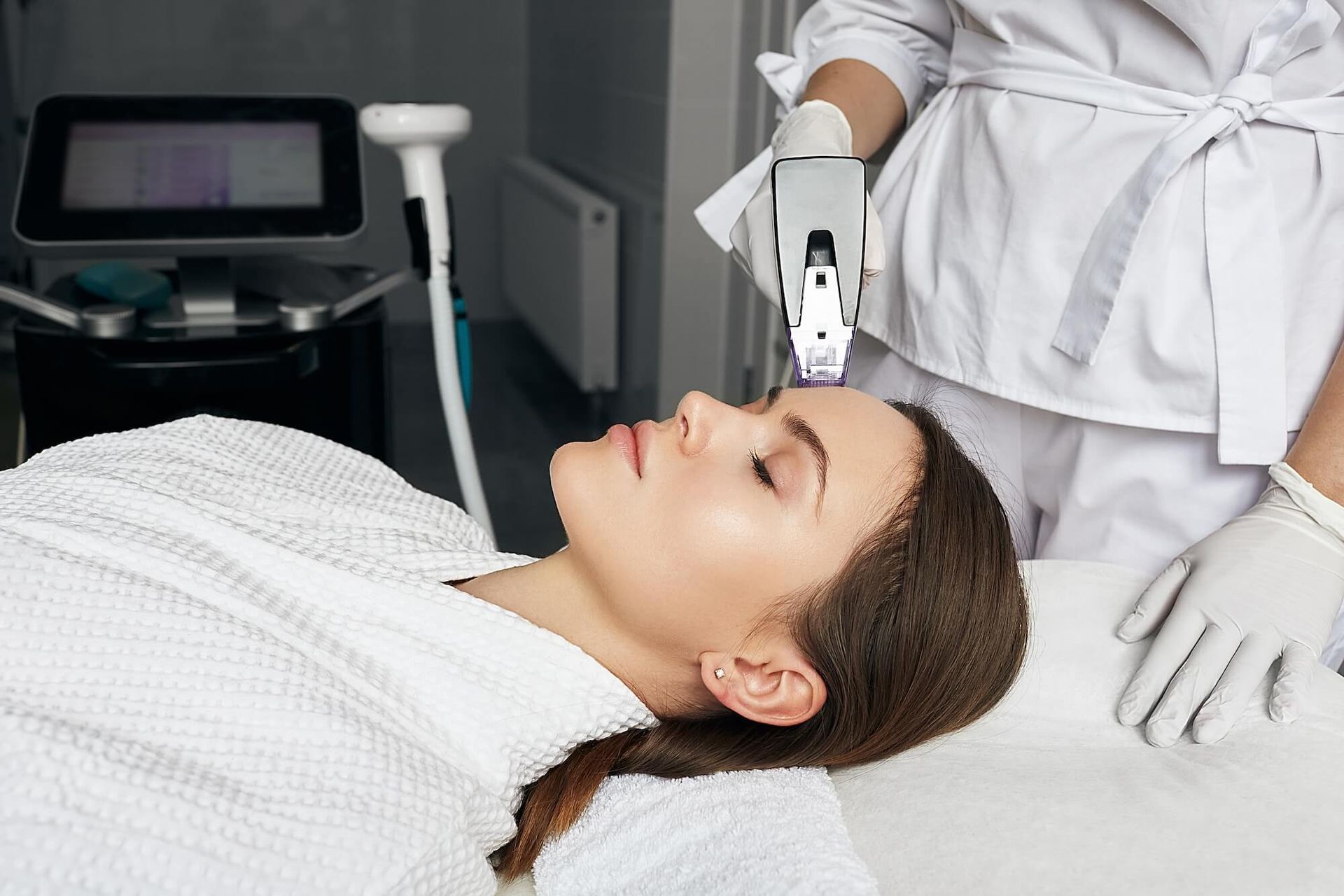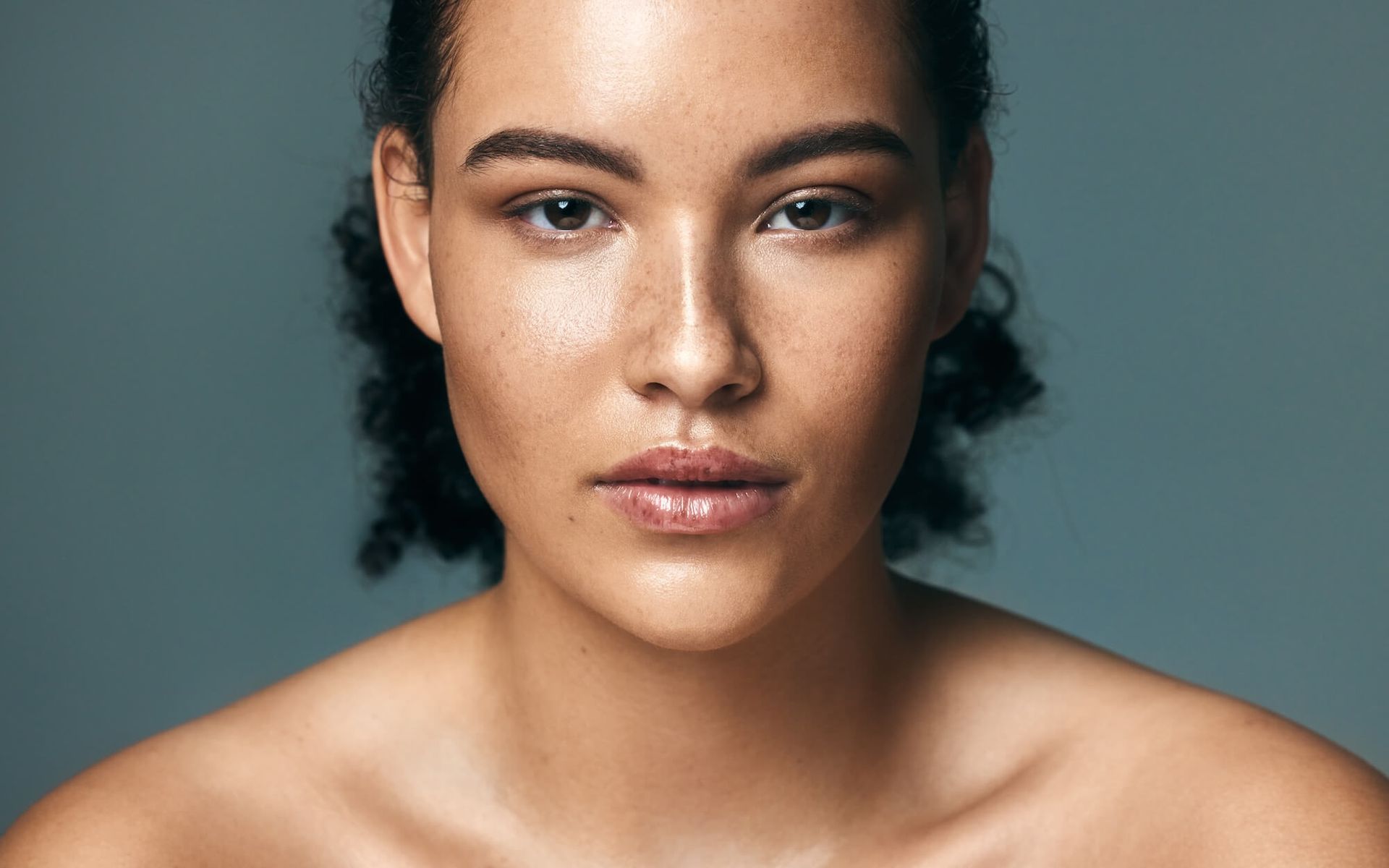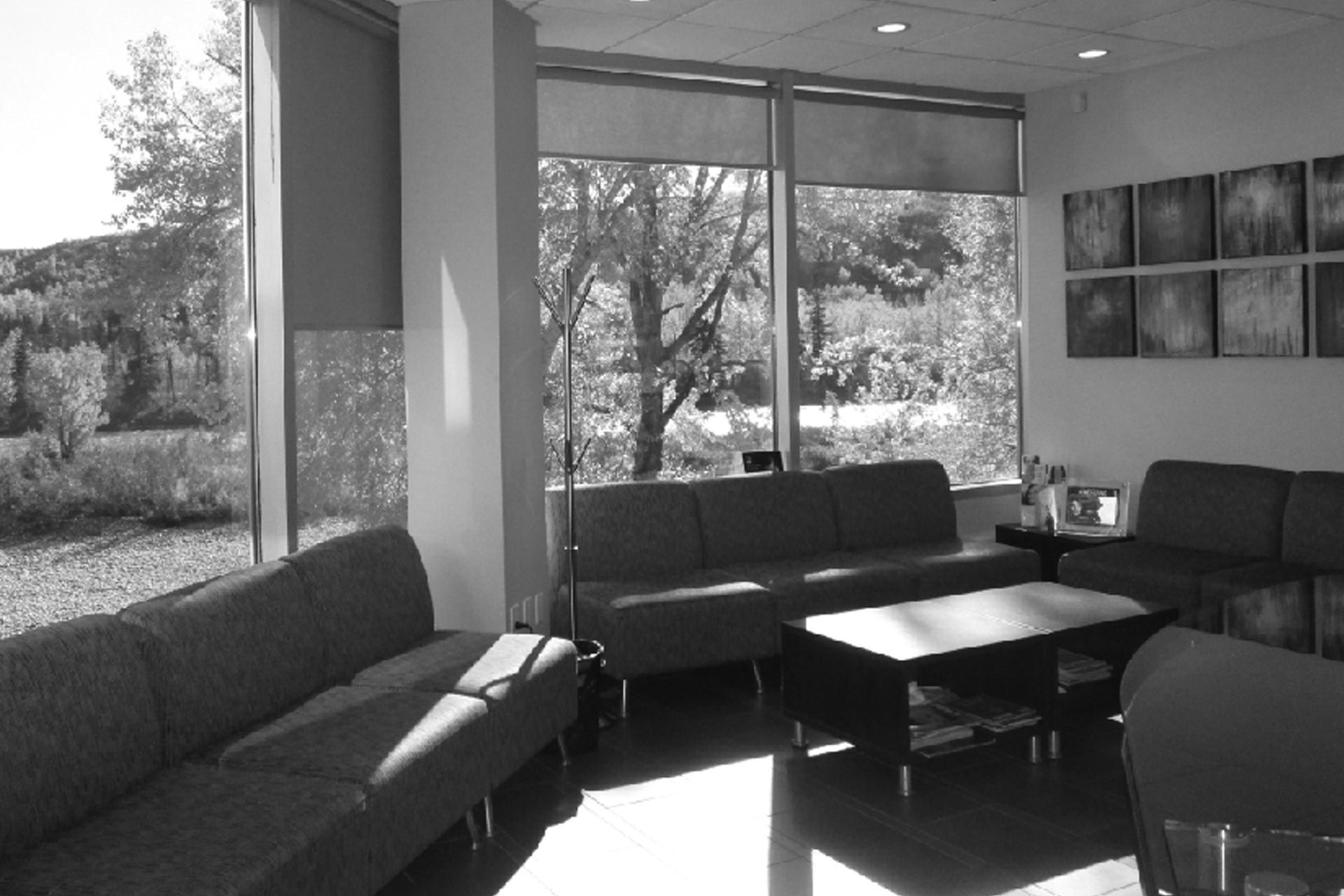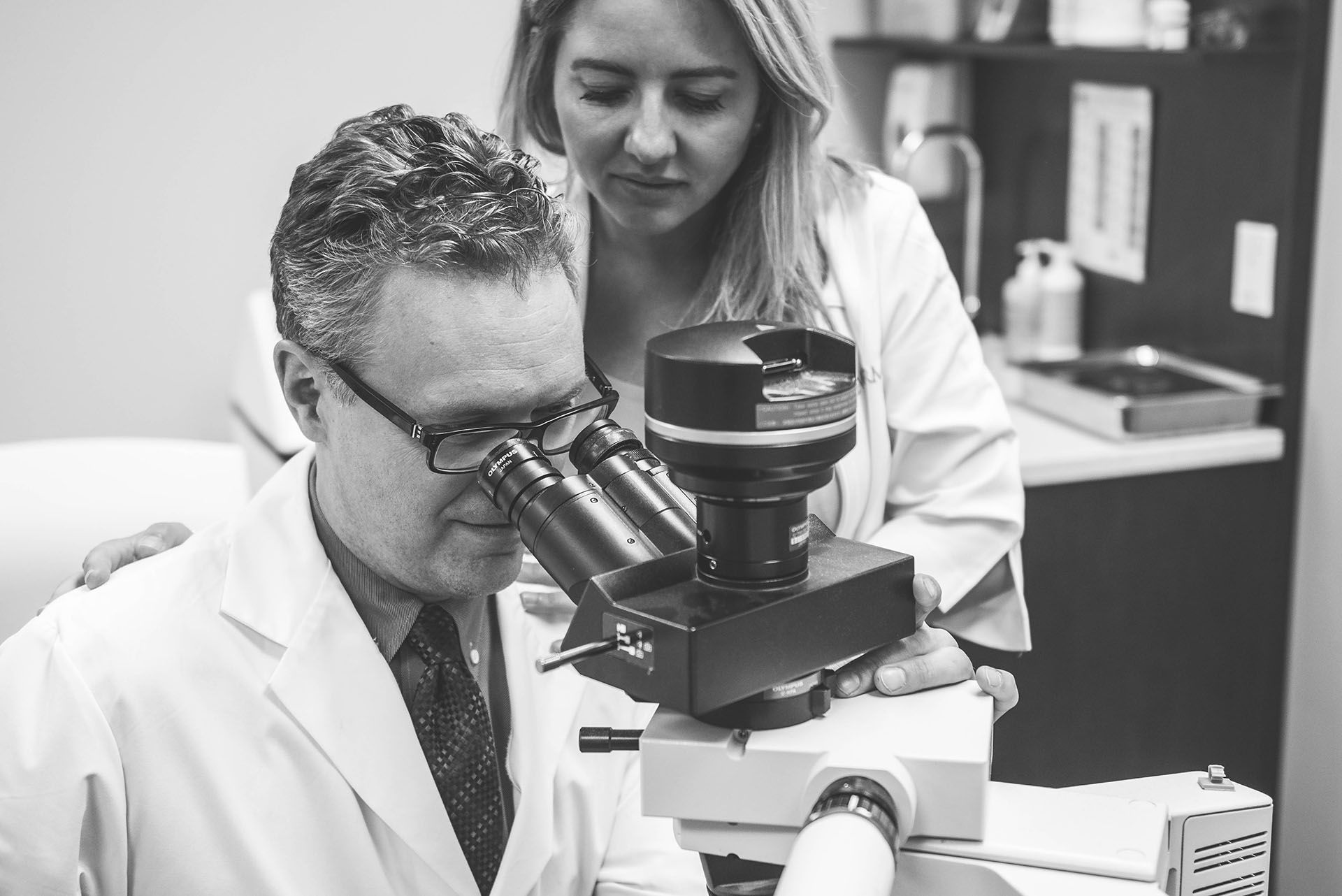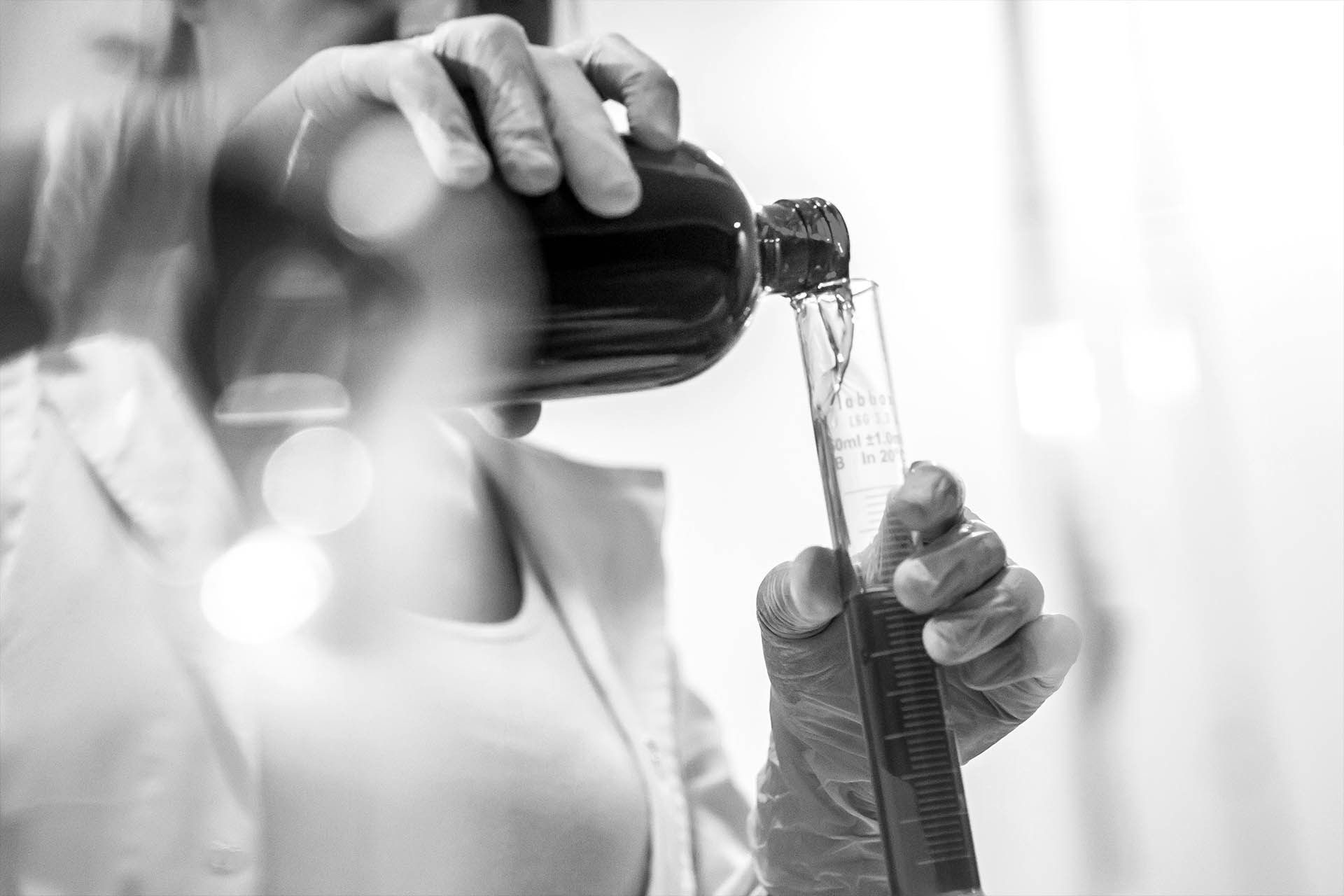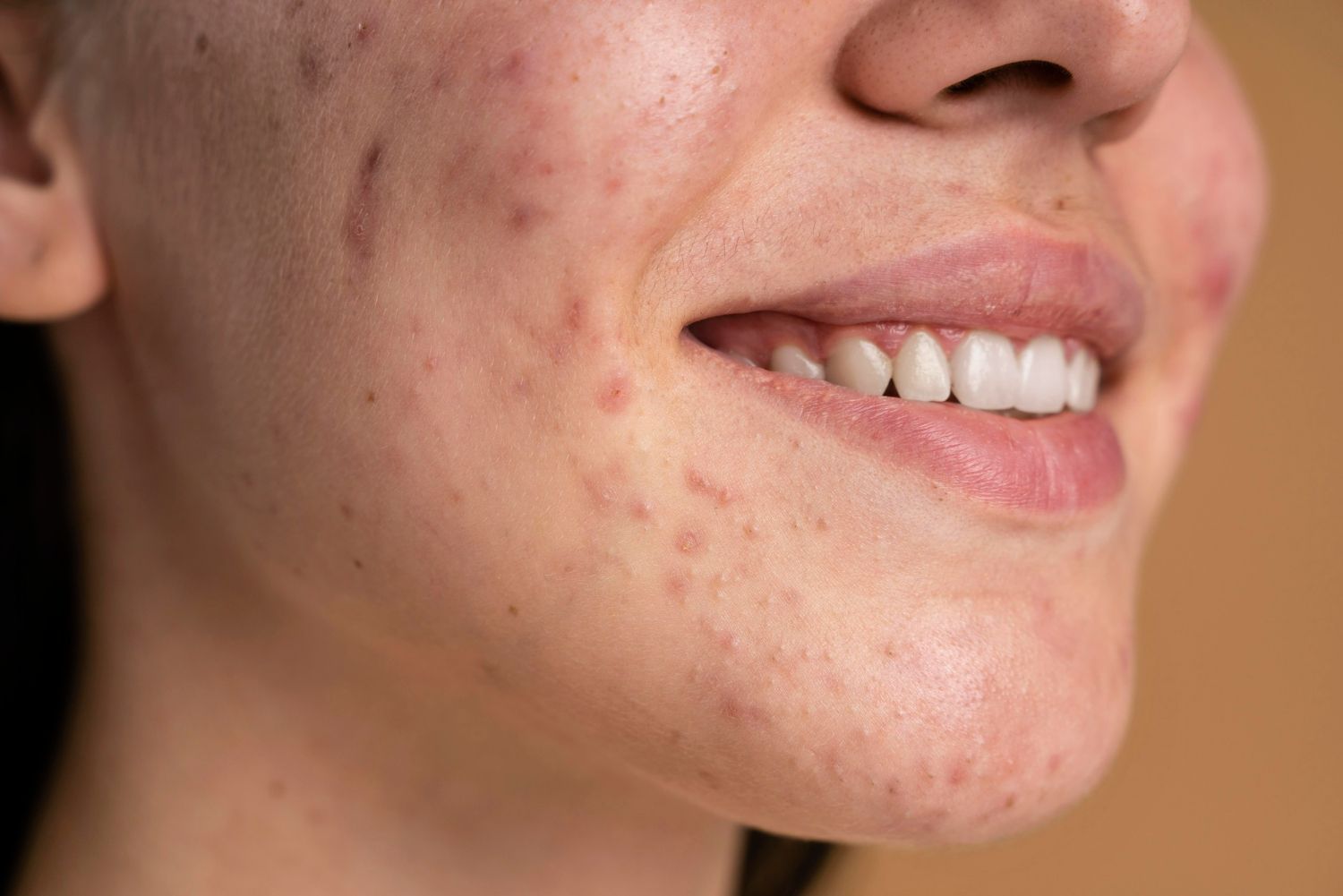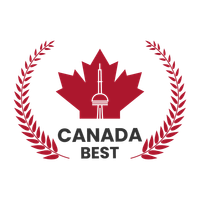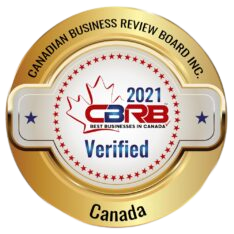By Ildiko Juhasz
•
May 7, 2025
Key Takeaways Year-round treatments are possible with modern laser technology and proper precautions Summer treatments require diligent sun protection but can effectively address many skin concerns Winter advantages include naturally reduced sun exposure and easier recovery management Different laser types have varying seasonal considerations based on treatment depth and target Personalized approach from Derm.ca's experienced team ensures optimal results in any season Have you been told you should only get laser treatments during winter months? This common belief has many patients waiting months for treatments that could benefit them year-round. At Derm.ca, Calgary's leading dermatology clinic, we're setting the record straight about when you can safely undergo laser procedures. Why the "Winter-Only" Myth Exists The notion that laser treatments should be limited to fall and winter originated for good reason. Some laser technology has significant limitations in hot conditions or during summer. Early lasers couldn't effectively distinguish between treatment targets and sun-tanned skin Post-treatment skin was highly vulnerable to UV damage Recovery often involved visible redness and peeling that was easier to hide during cold-weather months "Many patients still believe laser treatments must wait until winter," notes Ildikó Juhasz, skincare expert at Derm.ca, "but modern technology has changed what's possible. Just like our colleagues in Los Angeles who perform laser treatments year-round, we can safely treat Calgary patients in any season with proper precautions if you have the right technology.” Modern Laser Technology: A Game-Changer Today's advanced laser systems have transformed what's possible: Precise targeting - Modern lasers can specifically target blood vessels, pigment, or tissue while minimizing impact on surrounding skin Multiple wavelength options - Different laser types can be selected based on your skin tone, condition, and recent sun exposure Advanced cooling systems - Integrated cooling technology increases comfort and reduces side effects Customizable settings - Treatment intensity can be adjusted based on seasonal factors This technological evolution means that with proper care and guidance from experienced dermatology professionals, many laser treatments can be safely performed throughout the year. Understanding Different Laser Types and Their Year-Round Applications Different laser technologies have varying considerations when it comes to year-round use. At Derm.ca, we offer a comprehensive range of laser treatments to address virtually any skin concern throughout the seasons: Vascular Lasers for Redness and Rosacea Our specialized rosacea and facial redness treatments use advanced vascular lasers that specifically target blood vessels rather than melanin, making them excellent options for year-round treatment of: Persistent facial redness Visible blood vessels and spider veins Rosacea symptoms and flushing Cherry angiomas, milia and hypolesia Sunspots and solar lentigos The redness-targeting lasers at Derm.ca focus on hemoglobin rather than melanin, making them less affected by sun exposure or tanning than other laser types. Many patients with rosacea actually benefit from continuing treatments during summer months when heat can trigger flare-ups. Lasers for Acne Scars At derm.ca we use in the summer short yet powerful pulses of light to target and break down scar tissue, stimulating collagen and elastin production to improve skin texture and reduce the appearance of scars. PicoSure laser for acne scars - Uses ultra-short pulses to break down scar tissue with minimal downtime and remains safe for use during sunny summer days. Fractional laser for acne scars - Creates controlled micro-injuries that stimulate collagen production, this technology is photosensitive. We prefer to offer in winter time Morpheus8 - Advanced RF microneedling technology that combines microneedling with radiofrequency energy to remodel tissue and reduce scarring,stimulate collagen,define jawline,helps with fat reduction. While deeper ablative treatments often work best in winter due to more significant sun sensitivity afterward, gentler non-ablative options can be performed year-round with proper sun protection. Pigmentation and Age Spot Treatments For addressing unwanted pigmentation, we offer specialized technologies that target melanin: Age spots and hyperpigmentation treatments - Targeting brown spots and sun damage Melasma-specific treatments - Using gentle approaches for this hormone-sensitive condition These treatments specifically target melanin, making them more seasonally sensitive. While they can be performed year-round, they require strict sun avoidance and may be adjusted during high-UV months. Laser Hair Removal Our unwanted hair removal services use state-of-the-art laser technology that works by targeting the pigment in hair follicles.Safe for all skin types, and also enjoyable during the summer months. For summer treatments, clients often: Focus on areas typically covered by clothing (underarms, bikini area) Choose appropriate laser types based on recent sun exposure Maintain strict sun protection protocols Many patients actually prefer starting laser hair removal in fall or winter so they're hair-free by summer, but year-round treatments are absolutely possible with proper precautions. Tattoo Removal PicoSure laser tattoo removal at Derm.ca uses ultra-short pulses to shatter tattoo ink into tiny particles without damaging surrounding skin. For those looking to remove unwanted tattoos , treatments can be performed year-round with appropriate sun protection. The number of sessions required depends on factors like ink color, tattoo age, and location. Most of the time, 3 treatments is enough. Advanced Skin Tightening Treatments For patients concerned with skin laxity, we offer sophisticated options that can be adapted for year-round use: Profound RF - A powerful one-time treatment for lower face and neck tightening Morpheus8 - RF microneedling for gradual improvements with less downtime Titan Laser - Infrared light technology that stimulates collagen production to lift and tighten sagging skin These treatments address sagging neck and jowls and can be performed throughout the year, though deeper treatments may be better scheduled during periods of less sun exposure. Seasonal Considerations for Albertans While year-round treatment is possible, each season does present unique factors to consider: Summer Treatment Facts: Sun protection becomes critical - Daily broad-spectrum SPF application becomes non-negotiable with high zinc content minimum 20% Treatment areas matter - Easily covered areas (like bikini line or underarms) may be ideal summer treatment zones Some lasers work better than others - Ildiko laser clinician at Derm.ca confirming Certain technologies like Nd:YAG (1064nm) lasers can safely treat all skin tones even with minimal tanning or enjoying the summer Intensity may be adjusted - Dermatologist Dr. Ken Alanen might recommend gentler settings or more gradual approaches during high-UV months Winter Treatment Advantages: Reduced sun exposure - Alberta's shorter winter days naturally minimize UV exposure during healing Easier recovery management - Cold weather clothing naturally covers treated areas Potential comfort benefits - Lower humidity may help reduce post-treatment swelling for some patients Opportunity for more aggressive treatments - Deeper resurfacing may be safer when outdoor time is limited Alberta's Unique Climate Considerations Calgary's distinct climate presents both challenges and opportunities for year-round laser treatments at Derm.ca: Summer Considerations in Alberta Higher elevation - Calgary's elevation (1,045 meters) means UV intensity can be stronger, requiring even more diligent sun protection following treatments Dry climate - Our dry summer air can help reduce post-treatment swelling compared to humid regions, potentially supporting faster recovery Outdoor lifestyle - Many Albertans maximize outdoor activities during our short summer, making treatment timing and sun protection particularly important Variable weather - Calgary's famous weather fluctuations mean having a flexible approach to post-treatment sun protection Winter Considerations in Alberta Extremely dry air - Winter humidity levels in Calgary can drop below 10%, potentially affecting skin hydration during recovery and requiring additional moisturizing Cold-induced redness - Those with rosacea or sensitive skin may experience more redness in winter, making it an ideal time to address these concerns with our specialized rosacea treatments Less outdoor time - Naturally reduced sun exposure creates an ideal healing environment, especially for treatments like PicoSure or fractional lasers that require strict sun avoidance Layers of clothing - Winter clothing naturally covers treated areas, making recovery more discreet after procedures like Profound RF or Morpheus8 Dr. Ken Alanen, board-certified dermatologist at Derm.ca, emphasizes that "Understanding Calgary's unique climate helps us create more effective treatment plans for our patients. We can leverage the benefits of each season while minimizing the challenges." Seasonal Approach to Combination Treatments For optimal results, many of our patients benefit from a year-round approach that leverages the advantages of each season: Fall/Winter - Ideal for more intensive treatments like deeper resurfacing and aggressive pigmentation correction, when natural sun avoidance is easier Spring - Perfect for maintenance treatments and preparing the skin for summer with procedures that have minimal downtime Summer - Focusing on vascular treatments for redness and targeted treatments for areas not typically exposed to sun The Science Behind Year-Round Laser Safety Understanding how lasers interact with skin helps explain why modern treatments can be performed safely throughout the year. Learn more by booking a free consultation with ildiko Juhasz at Derm.ca , email info@derm.ca or call 403-457-1900. How Lasers Target Specific Skin Structures Lasers work on the principle of selective photothermolysis - they emit specific wavelengths of light that target particular structures in the skin: Melanin-targeting lasers (for pigmentation and hair removal ) specifically absorb energy in melanin - the natural pigment in skin and hair Hemoglobin-targeting lasers (for redness and vessels ) focus on blood components rather than melanin Water-targeting lasers (for resurfacing) affect skin water content rather than pigment The Role of Melanin in Seasonal Laser Safety Melanin is a critical factor in many laser treatments and directly impacts both safety and effectiveness: What is melanin? It's the natural pigment that gives skin and hair their color - darker skin tones and tanned skin have higher melanin content Why it matters: Some lasers (particularly those for hair removal and pigmentation) specifically target melanin, which is why they can be affected by sun exposure and tanning if you don't have extensive experience. Seasonal connection: Increased sun exposure in summer increases melanin production, creating potential challenges for certain treatments The traditional "winter-only" approach to lasers originated because older technologies couldn't effectively distinguish between: The target melanin (like in a hair follicle or brown spot) The surrounding melanin in sun-tanned or naturally darker skin This limitation created risks of burns, uneven results, or hyperpigmentation with certain treatments. Modern Technology Advances Today's advanced lasers at Derm.ca offer multiple solutions to this challenge,here is some of their technologies: Adjustable wavelengths that can better differentiate between different melanin types Nd:YAG (1064 nm) lasers that can safely treat tanned skin with minimal sun avoidance (as little as 48 hours in some cases) Specialized systems like PicoSure laser that minimize melanin-related risks Cooling systems that protect the epidermis while allowing deeper treatment Customized protocols based on your skin tone, condition, and recent sun exposure history Ildikó Juhasz notes, "The key is matching the right technology to each patient's unique skin characteristics. At Derm.ca, we perform a thorough assessment that takes into account seasonal factors, recent sun exposure, and individual skin type to determine the safest, most effective approach." Customizing Treatment Plans for Year-Round Success At Derm.ca, we take a personalized approach to year-round laser treatments: Assessment Factors Skin type and tone - Different skin tones require different approaches throughout the year Treatment goals - We match the timing, technology, and intensity to your specific goals Lifestyle considerations - Your activities, vacation plans, and sun exposure habits factor into our recommendations Treatment urgency - Some conditions benefit from immediate treatment regardless of season Combination Approaches For optimal results, we often recommend combination approaches that adapt throughout the year: Multi-modality treatments - Using different technologies to address various aspects of a skin concern Seasonal treatment rotation - Focusing on different concerns based on the season Adjusted treatment parameters - Modifying settings and approaches based on recent sun exposure Pre-Treatment Considerations for Any Season Proper preparation is key to successful year-round laser treatments: Before Your Laser Treatment: Sun protection - Avoid tanning (outdoors or in tanning booths) for the recommended period before your treatment Skincare modification - Temporarily discontinue retinoids, exfoliants, and other potentially sensitizing products Medical history review - Some medications can cause sun sensitivity and may affect treatment scheduling Set realistic expectations - Understand that seasonal factors may influence your treatment plan and recovery Post-Treatment Care: The Key to Year-Round Success The most critical factor in successful year-round laser treatments is proper aftercare: Immediate Post-Treatment (First 48 Hours): Cooling and comfort - Use cold compresses to reduce heat and discomfort Gentle cleansing - Use only mild, non-irritating cleansers Hydration - Apply recommended hydrating products to support healing Complete sun avoidance - Stay indoors or completely covered when outdoors Short-Term Recovery (Days 3-14): Diligent sun protection - Apply broad-spectrum, mineral-based SPF 30+ sunscreen every 2 hours when outdoors Protective clothing - Wear hats, sunglasses, and sun-protective clothing Appropriate skincare - Use products specifically formulated for post-procedure skin Recommended Products for Optimal Recovery For optimal healing and to maximize your laser treatment results, we recommend products specifically formulated for post-procedure skin. The Revoderm Pharma Recovery Kit includes essential medical-grade formulations that support skin healing after laser treatments: Revoderm Pharma HA + Prebiotics Serum - This specialized hyaluronic acid formula includes skin-supporting prebiotics that maintain your skin's microbiome while delivering deep hydration to healing tissues without irritation Revoderm Pharma Zinc Oxide Mineral Sunscreen with Antioxidants - This 100% mineral zinc oxide formulation provides critical UV protection while incorporating anti-inflammatory ingredients that soothe treated skin Revoderm Pharma Multivitamin Brightening Moisturizer - Rich in antioxidants and stabilized vitamins C and E, this formula supports skin repair and enhances your treatment results Using medical-grade skincare developed by dermatologists ensures your skin receives optimal support during the critical healing phase, maximizing both comfort and results from your laser treatment. Long-Term Care (Beyond 2 Weeks): Maintenance skincare - Incorporate antioxidants, hydrating ingredients, and gentle exfoliation as directed Ongoing sun protection - Make daily SPF application a year-round habit Follow-up treatments - Adhere to recommended treatment schedules regardless of season The Derm.ca Difference: Expert Laser Treatments When considering year-round laser treatments, provider expertise matters tremendously. At Derm.ca, our treatments offer unique advantages: Performed by skincare expert Ildikó Juhasz , with over two decades of experience and thousands of successful treatments Direct access to board-certified dermatologist Dr. Ken Alanen when needed, particularly if suspicious skin concerns are identified during treatment Customized approaches tailored to your specific skin type, condition, and lifestyle Deep understanding of Alberta's unique climate conditions and how they affect treatment protocols for ensuring the highest standards of safety and care This combination of specialized expertise and medical collaboration ensures you receive the safest, most effective laser treatments possible regardless of season. Your Year-Round Skin Health Partner The myth that laser treatments must wait for winter is exactly that—a myth. With modern technology, medical expertise, and proper sun protection practices, you can address your skin concerns safely and effectively throughout the entire year. At Derm.ca, we develop personalized treatment plans that account for seasonal factors while helping you maintain consistent progress toward your skin health goals. Our expert team will help you navigate the timing of different procedures to ensure optimal results regardless of season. Common Questions About Year-Round Laser Treatments Is it completely safe to get laser treatments in summer? Yes, with proper precautions. The key is diligent sun protection before and after your procedure. Modern lasers at Derm.ca can safely treat most skin concerns year-round when performed by our qualified medical professionals. How long must I avoid sun before and after treatment? This varies by procedure type: BBL/IPL treatments : Avoid sun exposure for 4 weeks before and 2 weeks after but we have at Derm.ca we have other other technologies that can give you the same results with less than 24 hrs avoidance of sun exposure. Laser hair removal : Typically 2 weeks before and after, though Nd:YAG treatments may require as little as 48 hours Vascular lasers : Minimum 48 hours before and 1 week after Morpheus8 RF : Up to 4 weeks before and after for deeper treatments. Can I get laser treatments if I already have a tan? It depends on the treatment and your skin. A residual tan (from months ago) is generally fine for many treatments. For active/recent tanning, certain lasers like Nd:YAG (1064 nm) may still be suitable with adjusted settings. Your Derm.ca dermatologist will evaluate your skin and recommend the safest approach. Will my results differ depending on the season? When proper pre and post-care guidelines are followed, treatment results should be consistent regardless of season. The treatment itself delivers the same physical benefits year-round, but outcomes may be affected by your sun protection habits. Does laser treatment for rosacea need to wait for winter? No. In fact, many rosacea patients benefit from year-round treatments for facial redness , as seasonal changes often trigger flare-ups. Modern vascular lasers can safely target redness throughout the year with proper precautions. How should I prepare my skin differently for summer vs. winter treatments? The fundamental preparation remains similar (avoiding sun, certain products, etc.), but summer treatments may require more extensive pre-treatment sun protection. In winter, increasing hydration before treatment is especially important to combat Calgary's extreme dryness, which can drop below 10% humidity. Is recovery different based on season? Recovery experiences can vary slightly by season. Summer recovery might include more aggressive sun protection measures, while winter recovery often focuses on intense hydration to combat dryness. Your Derm.ca provider will give you season-specific aftercare instructions. Can I combine different laser treatments throughout the year? Absolutely. Many patients benefit from a strategic approach that leverages the benefits of each season. For example, addressing pigmentation and age spots in fall/winter while focusing on vascular concerns and maintenance treatments in spring/summer. How do I maintain my results between treatments in different seasons? Consistent, high-quality skincare is essential year-round. This includes daily sun protection, appropriate hydration, antioxidants, and gentle exfoliation as recommended by your provider. The dermatologist-developed Revoderm Pharma line offers specialized products for maintaining laser results throughout the seasons. Ready to discuss which laser treatments might be right for you this season? Book your expert skin consult—call our Calgary clinic at 403-457-1900 or book online . During your consultation, we'll analyze your specific skin concerns and create a customized treatment plan that works for your lifestyle in any season. About Derm.ca: Founded by board-certified dermatologist Dr. Ken Alanen and skincare expert Ildikó Juhasz, Derm.ca combines over two decades of clinical experience to deliver exceptional dermatological care. Our Calgary dermatology clinic offers medical-grade treatments and products that make a positive impact on both people and the planet.

